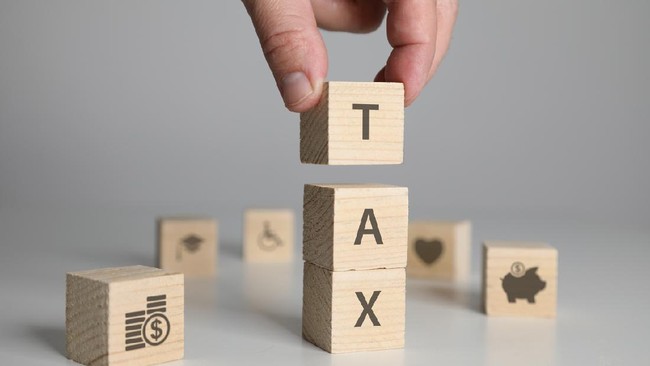
Jakarta, shesocial Indonesia
–
District government
Starch
, Central Java, raising land and building tax (
UN
) up to 250 percent.
This was stated in the Pati Regent Regulation No. 17 of 2025 concerning Amendments to Regent Regulation Number 12 of 2024 concerning the percentage and consideration of the sale value of tax objects as a basis for the imposition of Rural and Urban Land and Building Taxes.
Pati Regent Sudewo revealed that PBB Pati did not rise for 14 years.In fact, his party is trying to boost the development of infrastructure and public facilities such as reforming Raa Soewondo Regional Hospital.
“We are currently coordinating with the sub -district heads and pasopati to discuss the adjustment of Building Land Tax (PBB). It has been mutually agreed upon that the agreement was ± 250 percent because the UN had not been raised for a long time, 14 years did not rise,” Sudewo said in an official statement from the Pati District Public Relations page.
During this time, PATI PATI deposits are fairly low when compared to other regions in Central Java.
“The UN Pati Regency is only Rp29 billion, in Jepara Regency Rp75 billion. In fact, Pati Regency is greater than Jepara Regency. Rembang Regency is Rp50 billion, even though Pati Regency is greater than Rembang Regency. Kudus Regency is Rp50 billion, even though Pati Regency is greater than Kudus Regency,” Sudewo said.
In Article 4 paragraph (2) to (8) Pati Pati 17/2025 contains an explanation of the determination of a special NJOP percentage for land and rural and urban buildings (PBB-P2).The following details:
“(2) The amount of NJOP percentage for the imposition of PBB-P2 over the PBB-P2 object group is determined by considering:
a.NJOP increase results of assessment results;
b.form of utilization of tax objects;and/or
c.NJOP clusterization in one region.
(3) The increase in the NJOP results of the assessment as referred to in paragraph (2) letter a is carried out by the Regional Government by taking into account market values.
(4) The form of utilization of tax objects as referred to in paragraph (2) letter b pays attention to the designation of the UN objects.
(5) NJOP clusterization in one region as referred to in paragraph (2) letter c is determined by taking into account the location, condition, and utilization of PBB-P2 objects.
(6) The percentage of NJOP for the imposition of PBB-P2 is determined based on the percentage of NJOP increase in 2024 with 2025.
(7) The amount of NJOP percentage for the imposition of PBB-P2 as referred to in paragraph (6) is included in the SPPT.
(8) The amount of NJOP percentage for the imposition of PBB-P2 as referred to in paragraph (6) is listed in Appendix III which is an inseparable part of this Regent’s Regulation. ”
[Gambas: shesocial video]
(SFR)
Read More: 5 Ways to Get Rid of Drowsiness Without Having to Drink Coffee
Read More: Video: The Village Minister is asked to focus on the use of village funds